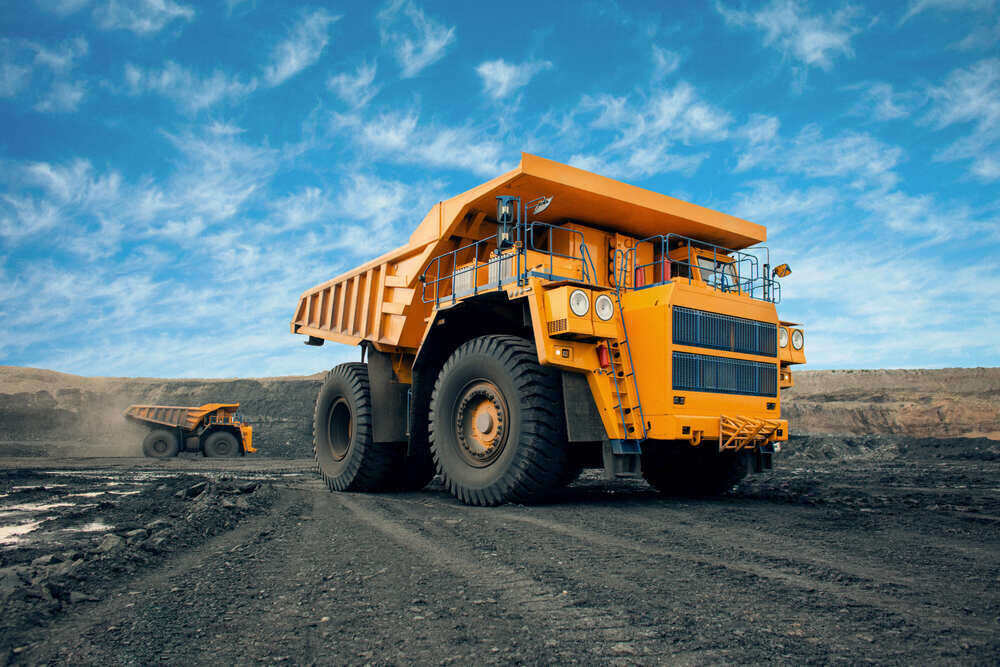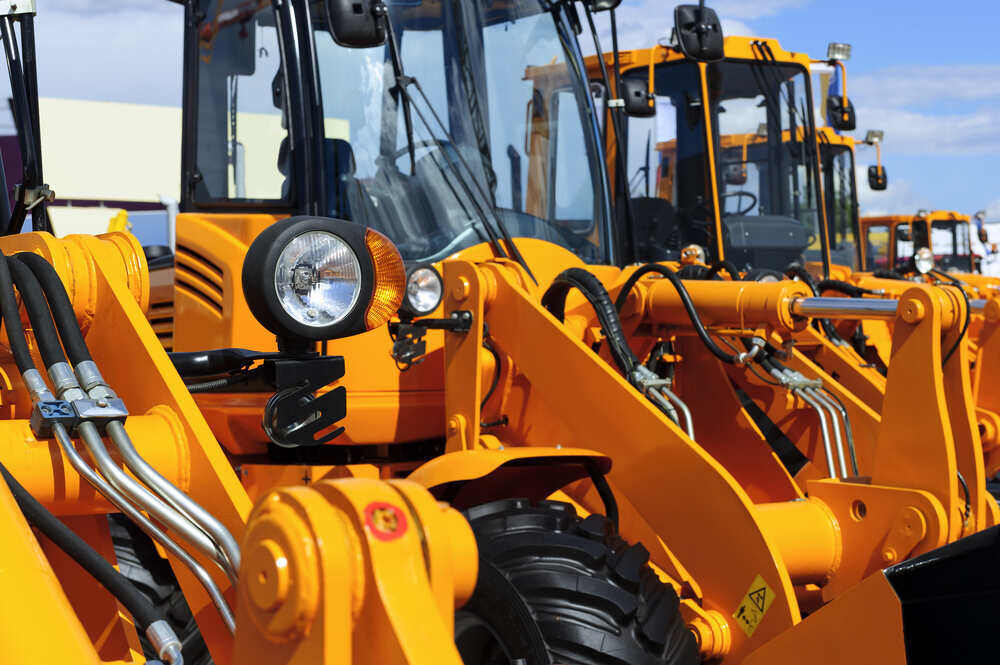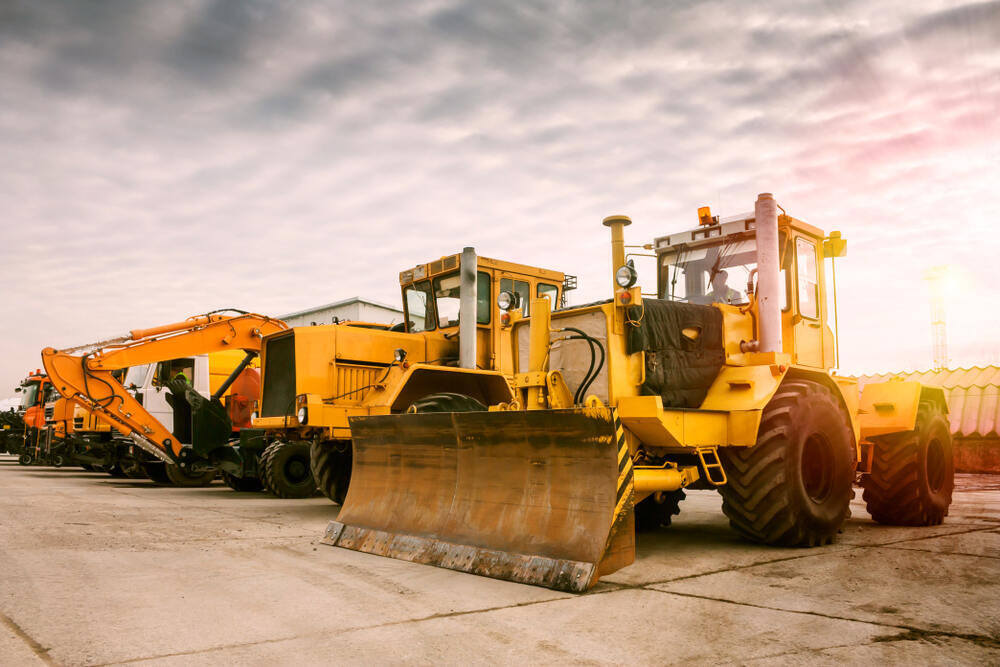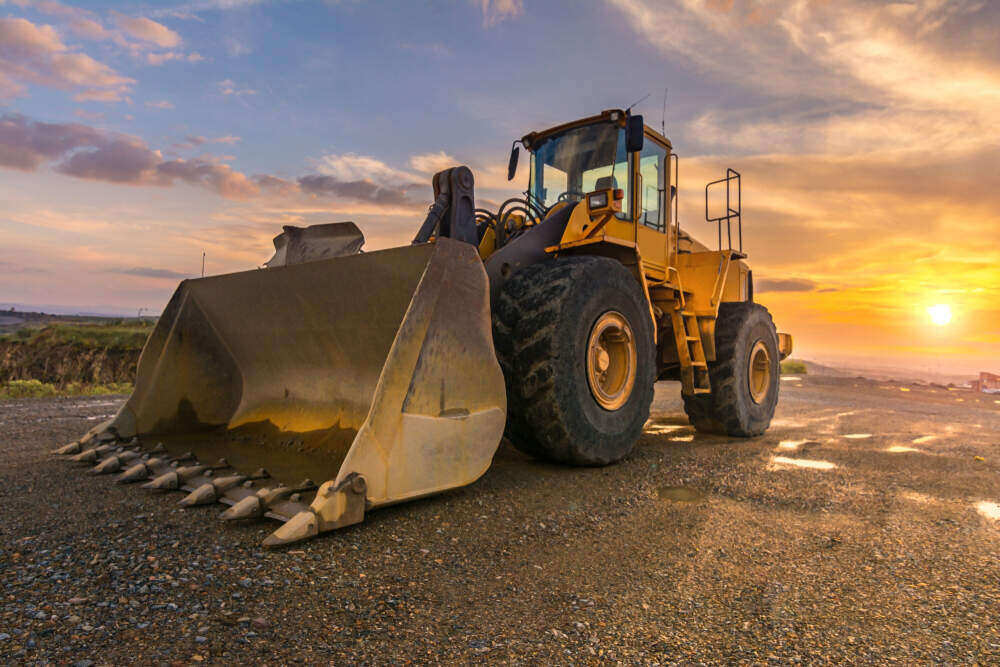
Transporting oversized equipment is one of the most complex and regulated sectors in the logistics industry. Whether you’re moving heavy construction machinery, industrial tools, or massive structural components, the process involves careful planning, proper equipment, safety compliance, and coordination with transportation authorities. For businesses that regularly handle oversized loads, understanding the best practices in heavy haul logistics is critical to ensure safe, timely, and cost-effective delivery.
One such trusted provider is https://oversizedequipmenttransportation.com/, which offers complete solutions for heavy and oversized equipment logistics.
Understanding Oversized Equipment Transportation
Oversized equipment refers to machinery or cargo that exceeds the standard legal size or weight limits for road travel. This can include items that are too tall, wide, long, or heavy for regular transport methods. Because of these excess dimensions, special permits, equipment, and precautions are required.
Typical examples of oversized loads include bulldozers, cranes, wind turbine blades, mining equipment, and prefabricated buildings. Each of these items requires specialized handling and custom planning to ensure safe and legal transport.

The Importance of Proper Planning
Transporting oversized equipment begins with accurate measurements. The dimensions and weight of the load must be determined to plan the most suitable route and choose the right transport equipment. A slight miscalculation can result in denied permits or dangerous road conditions.
Planning also involves identifying potential obstacles such as low bridges, narrow roads, sharp turns, or height restrictions. Some loads require temporary infrastructure modifications or coordination with utility companies to move power lines. These considerations must be handled well in advance of transport.
Equipment and Trailer Selection
One of the most important factors in successful oversized transport is selecting the right trailer and rigging tools. Depending on the load, you might use:
- Lowboy trailers, ideal for tall equipment with limited ground clearance
- Extendable flatbed trailers, for extra-long cargo
- Modular hydraulic trailers, for extremely heavy or oddly shaped items
Using the wrong trailer can compromise the load’s safety and stability, increasing the risk of accidents or legal issues.
Legal Permits and Compliance
Every state and region has specific rules for oversized transport. In most cases, carriers must obtain:
- Oversize load permits for each state the load travels through
- Travel time restrictions, such as daylight-only or weekday-only travel
- Escort vehicle or pilot car requirements, for loads that exceed width or length thresholds
Failure to comply with these laws can result in hefty fines, delays, and safety hazards. Working with experienced permit coordinators ensures that all documentation is in place before the trip begins.

Safety and Load Securement
Safety is non-negotiable when it comes to hauling oversized equipment. The cargo must be securely fastened using chains, binders, straps, and edge protectors. All securement devices must meet safety standards and be regularly inspected for wear and tear.
Warning signage, flags, and flashing lights are usually required to alert other drivers. Additionally, escort vehicles help guide the transport vehicle, block traffic when necessary, and ensure that road conditions ahead are safe for passage.
Route Surveys and Pilot Cars
For very large or heavy loads, route surveys are often conducted to evaluate the road’s ability to handle the load. This process identifies problematic areas that may require changes to the planned route.
Escort or pilot cars are another essential element. They drive ahead of and behind the transport vehicle to help navigate intersections, provide clearance assistance, and communicate with the driver about potential hazards.
The Role of Professional Transport Companies
Given the complexity of oversized equipment transport, many businesses choose to work with specialized logistics companies. These professionals handle every aspect of the move, from securing permits and escort vehicles to equipment selection and real-time load tracking.
Using experts significantly reduces the risk of delays, legal trouble, and safety incidents. It also saves time and resources that might otherwise be spent managing the transport in-house.

Final Thoughts
Oversized equipment transportation is not a task for amateurs. It involves precise measurements, regulatory compliance, specialized trailers, and thorough route planning. With proper execution, even the largest and heaviest cargo can be moved safely and efficiently. By working with professionals and following established best practices, businesses can avoid costly delays and ensure their valuable equipment arrives on time and intact.

